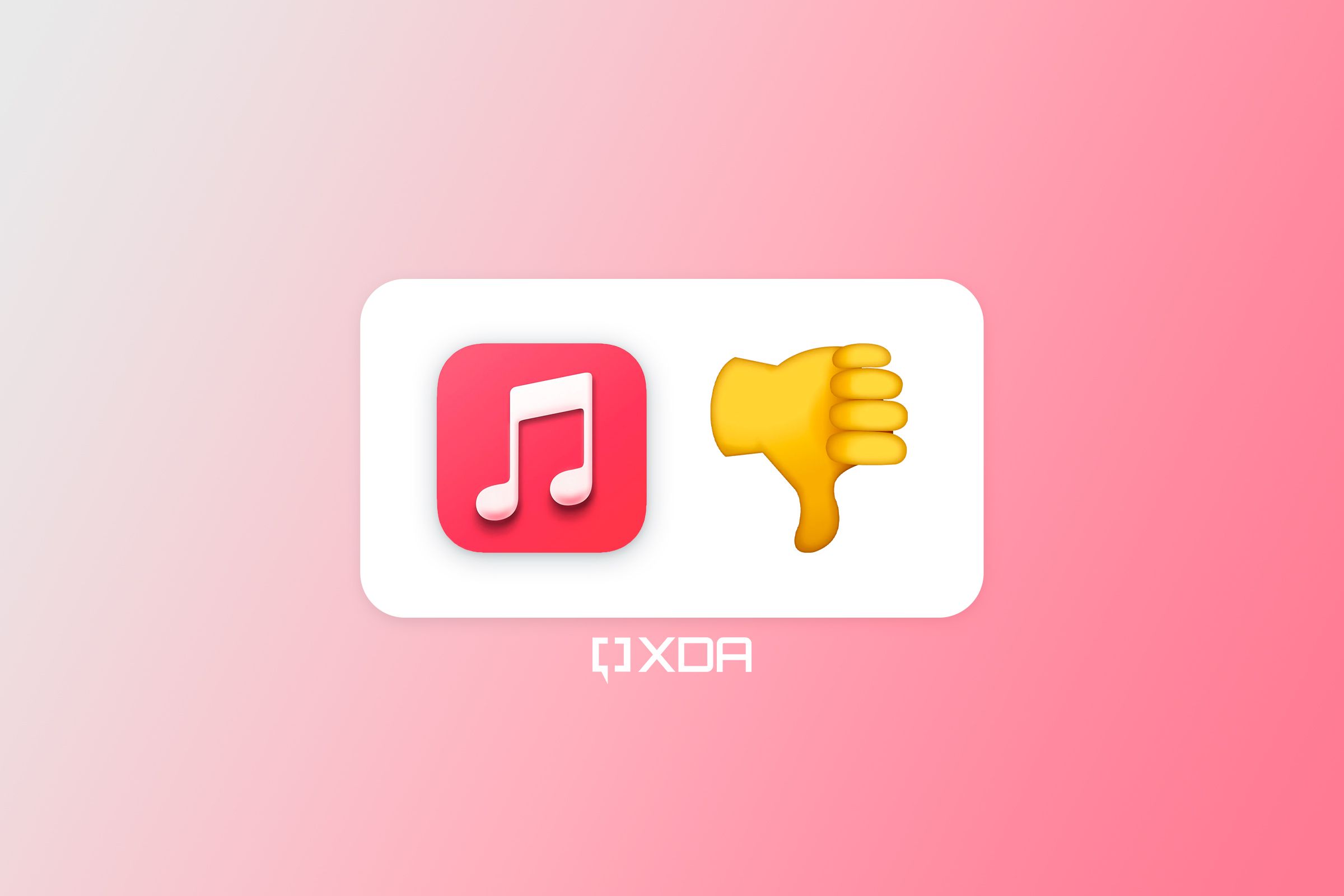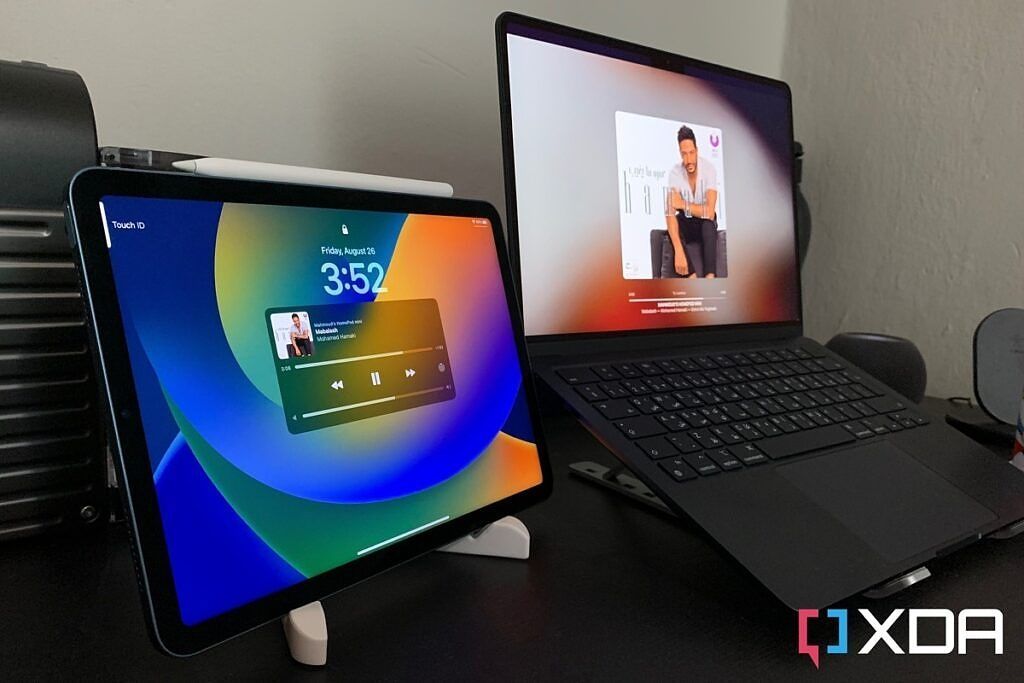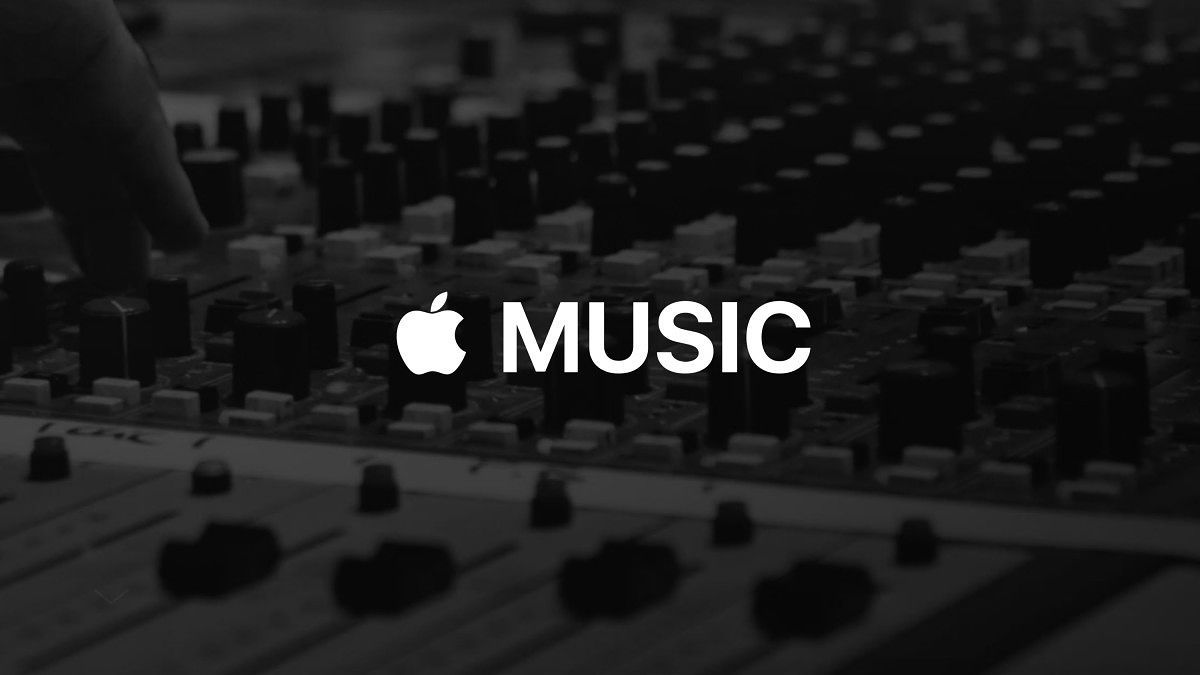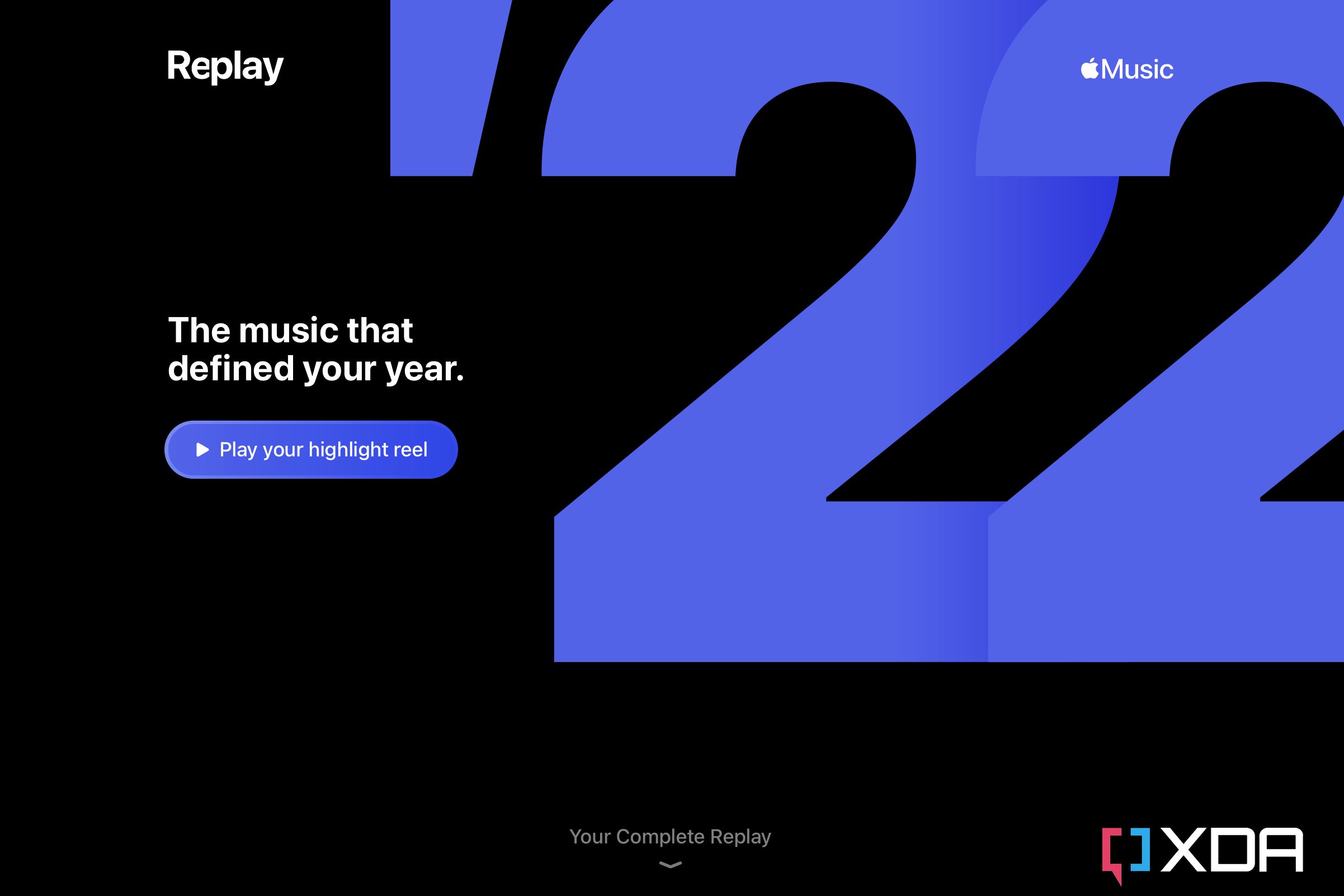We've reached a point where many of us depend on music streaming services instead of buying albums individually. While there are still fans out there who prefer owning physical or digital copies of their favorite releases, casual listeners tend to prioritize streaming. After all, for one reasonable monthly fee, they get to access millions of tracks directly from the cloud. Certainly, there are downsides to that, but the pros outweigh the cons for a wide majority of listeners.
Apple Music is Spotify's biggest rival and usually Apple users' go-to music streaming service. Not only is it pre-installed on Apple devices, but it's also the default music player on the latest iPhones and iPads. So a number of users actually subscribe to it due to its system-level privileges on Apple operating systems, rather than it necessarily being greater than its rivals. These include it being the default audio player, having a dedicated, detailed storage view in the Settings app for song management, and other built-in apps (such as Fitness, TV, Shazam) linking to exclusive playlists there.
Generally speaking, though, Apple Music still lags behind in terms of feature availability, and there are 5 main annoyances that I actively deal with.
1. Lack of proper Handoff support
Many of us invest in Apple products due to the tight ecosystem that connects them. I've used a device mix of Android, iOS, Windows, and macOS, and naturally, the Cupertino firm's products work together in ways that aren't exactly possible on other platforms. As a result, I go for the Apple One bundle since the company's services work best with its hardware. Despite that, there's a major annoyance I face when using Apple Music on my devices: the lack of a Spotify Connect equivalent.
For those unfamiliar, Spotify allows its Premium subscribers to effortlessly hand off their queues between any of their connected devices. A similar offering on Apple Music remains absent to this day. So when I'm streaming music from my Mac as I work and then leave to walk my dogs, I can't hand off the queue to my iPhone or Apple Watch.
What baffles me is that this feature works on Apple's HomePod, allowing you to control its music playback from any iDevice. Similarly, you get to hand off the queue between your iPhone and HomePod, just not any other Apple device. Considering Spotify has offered this feature for years now, Apple has no excuse not to. The company would only need to expand it from the HomePod to cover all of its devices.
2. Crossfade hasn't fully emerged
Another illogical step Apple has taken is introducing crossfade support on Android but not iOS. The feature already works on the Mac, but for some reason, it remains absent on the iPhone and Apple Watch. Crossfade allows you to optionally merge songs' playback by cropping a preset number of seconds from their beginnings and ends. The feature certainly has a pleasant effect to it that, in my opinion, makes music listening a lot more immersive. I often find myself manually skipping the last few seconds of a track, and I'd appreciate having the setting to automate the process. If macOS and Android are capable of handling it, so can iOS.
3. The algorithm doesn't get me
One of the common reasons people depend on streaming services is music discovery. When I used to rely on Spotify, the algorithm used to understand my taste better than I do. It would surface underground gems from artists I've never heard of. I've also had a similar experience with YouTube Music. Though, in my opinion, Spotify has the best algorithm when it comes to that.
Meanwhile, Apple Music rarely plays me tracks from little-known artists. That's not to mention that my personalized radio frequently plays songs I always skip. By now, it should've learned that certain artists, songs, and genres mean nothing to me, but that's not the case. Apple Music is just bad at DJ'ing.
In Apple Music's defense, I've read reports claiming that using the Love and Dislike buttons heavily influences the algorithm. However, I never needed to rely on this mechanism when using Spotify or YouTube Music. While it sounds trivial in concept, usually I'm multitasking when listening to music. As a result, I mainly use Control Center shortcuts to skip tracks I dislike. Entering the Music app to click Love/Dislike is unintuitive, as the Lock Screen player doesn't offer shortcuts to them either.
4. Can we collaborate, please?
Moving on, social features have become a core element in music streaming apps. Not only do we discover new artists we hadn't heard of, but we also are reminded of oldies our friends are listening to. While Apple Music has implemented a friend system, it still doesn't support collaborative playlists.
The closest thing we've got is the Friends Mix playlist that updates weekly, featuring some of the songs your friends have been listening to. So if you want to build a collaborative playlist with another user, where both of you can add songs, you'll have to rely on another music streaming platform. Many best friends or couples tend to collaborate on playlists, and the lack of such an offering on Apple Music in 2023 is quite unfortunate.
5. Replay should be reworked
By the end of each year, most of the popular music streaming services offer fun recaps. These detail some of the relevant statistics in bite-sized slides that are both entertaining and easy to share on social media. And while Apple has been offering an annual Replay feature, it still is nowhere as amusing or comprehensive as those of Spotify and Anghami.
I appreciate that Apple's Replay playlist launches around February and updates weekly until the year-end. However, the actual statistics shared in December aren't as interesting to view, and they could definitely use an overhaul. Replay 2022 introduced some improvements in this department, but some rivals are still miles ahead of Apple.
Despite these 5 missing features being relatively minor, they actually impact the overall experience noticeably. I use Apple Music not because it's superior or because I want to, but because it's, in a way, pushed on me. The Apple One bundle makes a lot of sense to me personally, and the Music app has more OS privileges than third-party applications. Had Apple played fair, or if I were an active Android/Windows user, I would've switched back to Spotify in a heartbeat. We only hope that the iPhone maker addresses these concerns when it launches iOS 17 and iPadOS 17.
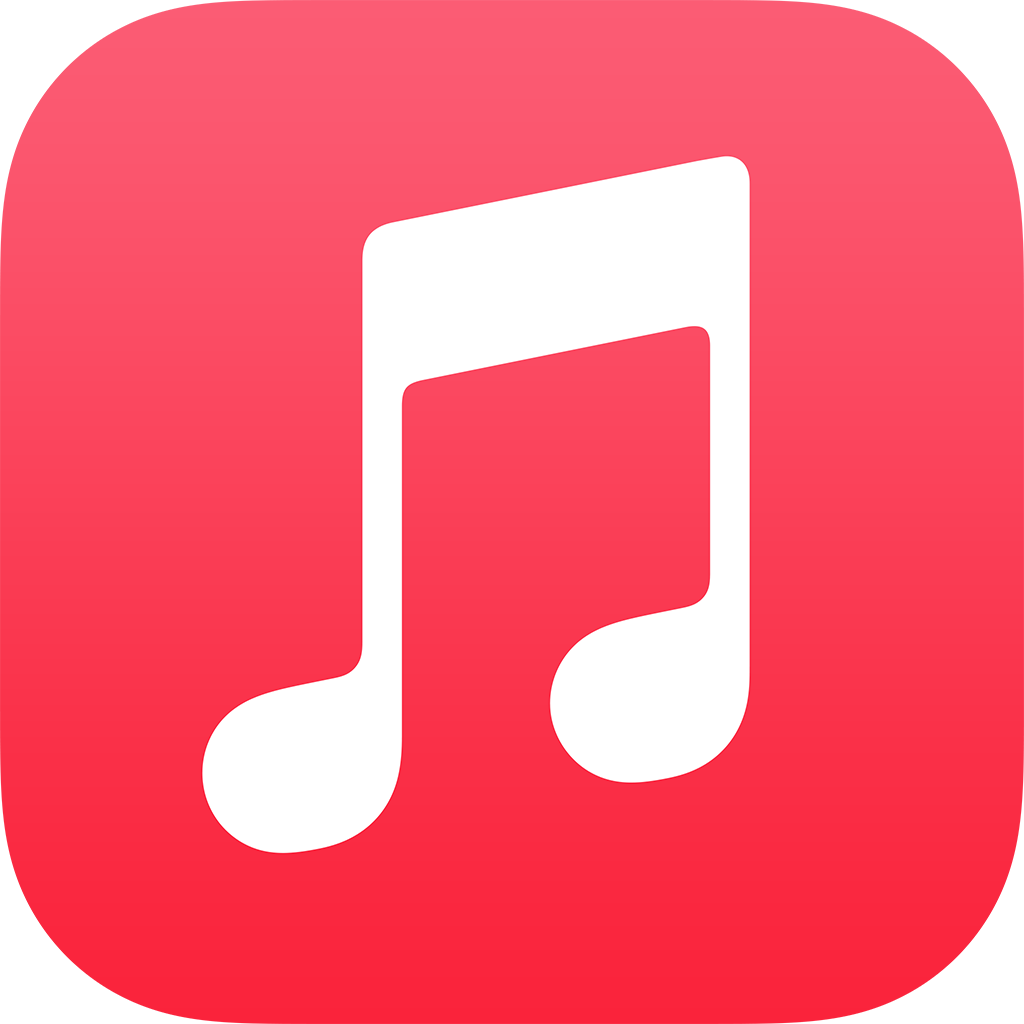
Apple Music
Apple Music is Spotify's biggest rival, offering over 100 million songs and 30 thousand curated playlists. The service also supports lossless audio and Dolby Atmos playback on compatible devices.

